Chapter 7
Interest Groups
By Boundless
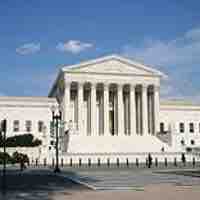
The Supreme Court has ruled that petitioning the government by way of lobbying is protected by the Constitution as free speech.

The term interest group refers to virtually any voluntary association that seeks to publicly promote and create advantages for its cause.
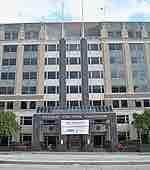
Interest groups can come in varied forms and organize under different methods.
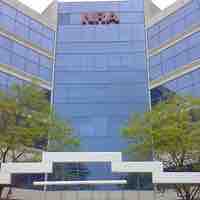
Membership interests represent individuals for social, business, labor, or charitable purposes to achieve political goals.

Members comprising interest groups join for solidarity, material, or purposive incentives.
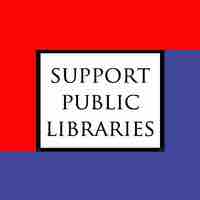
An advocacy group is a group or an organization that tries to influence the government but does not hold power in the government.
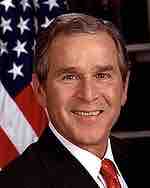
Advocacy groups exert influence on political parties, mostly through campaign finance.
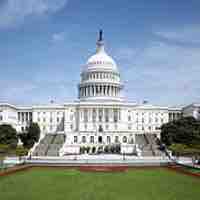
Direct lobbying is used to influence legislative bodies directly via communication with members of the legislative body.
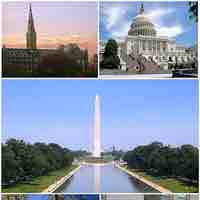
Lobbyists employ direct lobbying in the United States to influence United States legislative bodies through direct interaction with legislators.

Grassroots lobbying asks the public to contact legislators concerning the issue at hand, as opposed to going to the legislators directly.
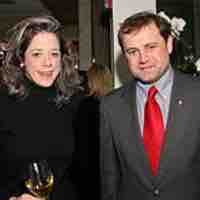
Access is important and often means a one-on-one meeting with a legislator.

Increasingly, lobbyists seek to influence politics by putting together large coalitions and using outside lobbying to sway public opinion.
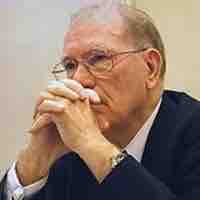
A number of interest groups have sought out electoral politics as a means of gaining access and influence on broader American policies.
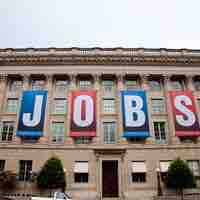
Economic interest groups advocate for the economic benefit of their members, and business interests groups are a prominent type of economic interest group.
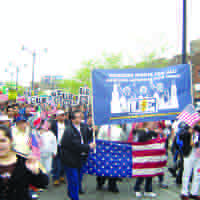
Labor interest groups advocate for the economic interests of workers and trade organizations.
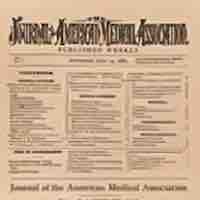
Professional interest groups represent the economic interests for members of various professions including doctors, engineers, and lawyers.

Agricultural interest groups are a type of economic interest group that represent farmers.
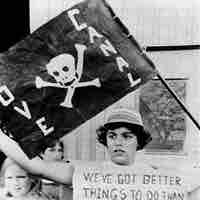
Environmental interest groups are public-interest groups that advocate around conservation and ecological issues.

Consumer Interest Groups advocate for consumer rights and information.
Ideological interest groups unite on issues, with their work driven by deeply held beliefs.

Public interest groups advocate for what they consider to be the public good.

Single-issue interest groups focus on advocacy around a single defining issue.

Government interest groups are a unique type of interest group that represents the interests of government to other governments.
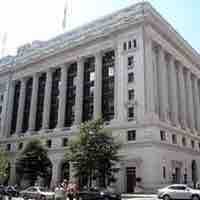
Generally, the United States requires systematic disclosure of lobbying in all branches of government, including in Congress.
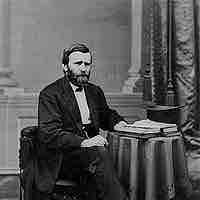
Lobbying the Executive Branch is similar to any other branch of the U.S. government and is regulated by laws pertaining to disclosure.
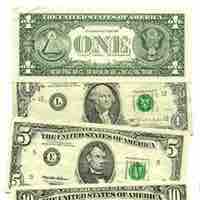
The Federal Regulation of Lobbying Act of 1946 was a statute enacted by the United States Congress to reduce the influence of lobbyists.

The Lobbying and Disclosure Act of 1995 was legislation aimed at bringing a level of accountability to federal lobbying practices in the United States.
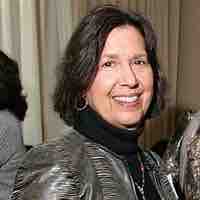
The Honest Leadership and Open Government Act of 2007 sought to amend and strengthen parts of the Lobbying Disclosure Act of 1995.

Early in his presidency, Obama said "[lobbyists] won't find a job in my White House," but softened his stance later in the campaign.
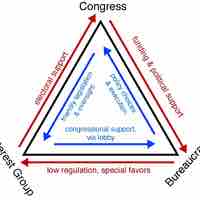
Interest groups, comprised of members with shared knowledge, status, or goals, frequently advocate on behalf of particular political issues.
Interest groups often rely on leaders to organize their fundraising and make their advocacy efforts successful.
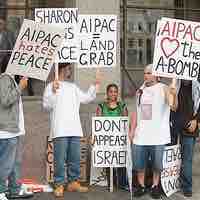
Advocacy groups that form along ideological, ethnic, or foreign policy objectives tend to have higher levels of internal cohesion.
Members join interest groups because of common concerns and to unite under one cause.
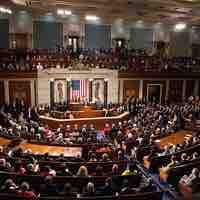
A political party seeks to influence government policy by nominating their own candidates and trying to seat them in office.
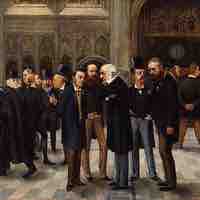
Interest groups are any voluntary associations that seek to publicly promote and create advantages for their cause.
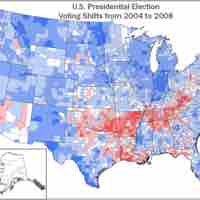
Party identification is usually determined by which political party the individual most commonly supports, through voting or other means.
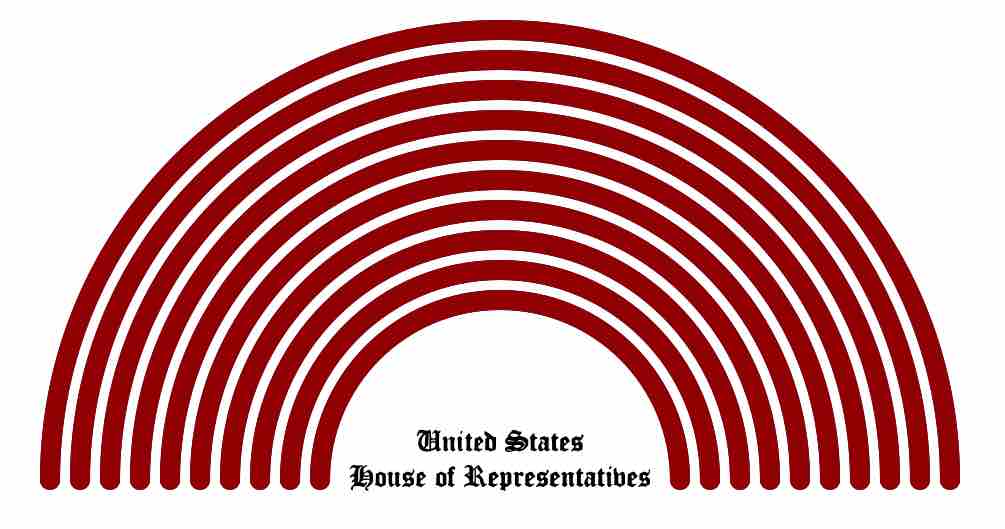
Two-party systems are prominent in various countries, such as the U.S., and contain both advantages and disadvantages.
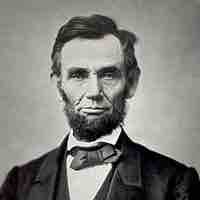
The Republican Party is a major political party in the U.S, along with the Democratic Party; its platform reflects American conservatism.
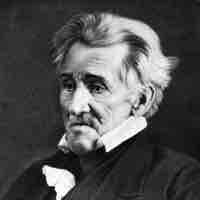
The Democratic Party is a major political party in the US which promotes a social liberal, social democratic and progressive platform.

The winning supporters of ratification of the Constitution were called Federalists, the opponents were called Anti-Federalists.
The First Party System refers to political party system existing in the United States between roughly 1792 and 1824.
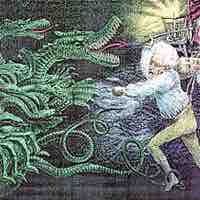
Jacksonian democracy is the political movement toward greater democracy for the common man typified by American politician Andrew Jackson.
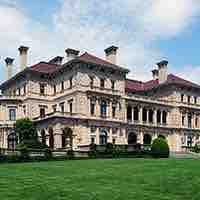
Despite outward indicators of prosperity, the Gilded Age (late 1860s to 1896) was an era characterized by turmoil and political contention.

Modern politics in the United States is a two-party system dominated by the Democratic Party and the Republican Party.
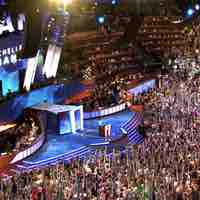
The major political parties in the U.S. host the Democratic and Republican National Conventions to select candidates and rally supporters.
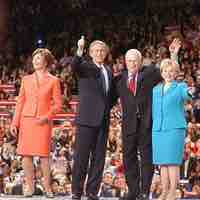
Election candidates have often been determined before conventions, but are still formally declared as their party's official candidates at the conventions.
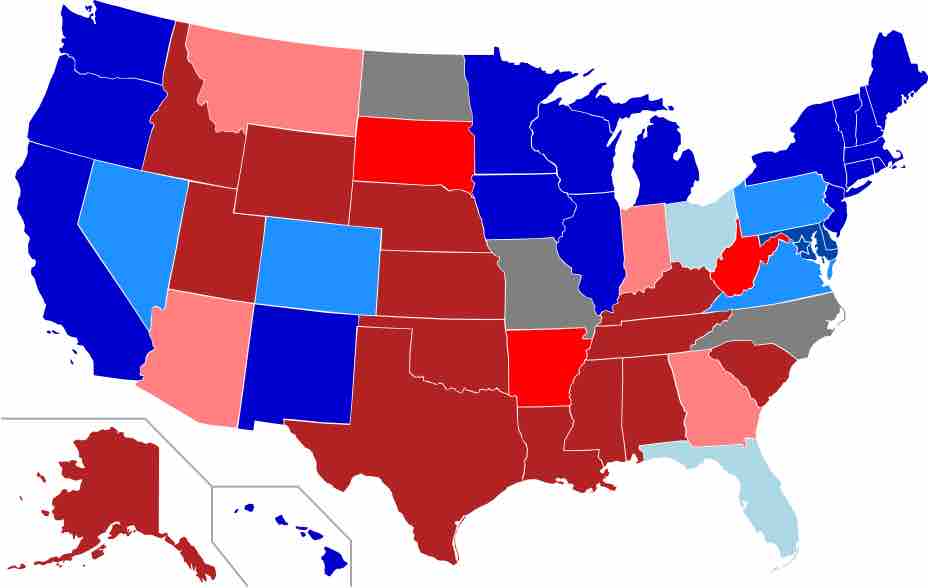
Political parties play key roles in organizing campaigns and elections.
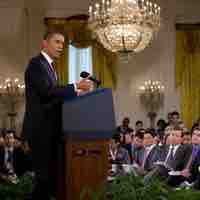
Informing the public by traditional and modern mass media is a goal of the DNC and RNC, who gain supporters by remaining.
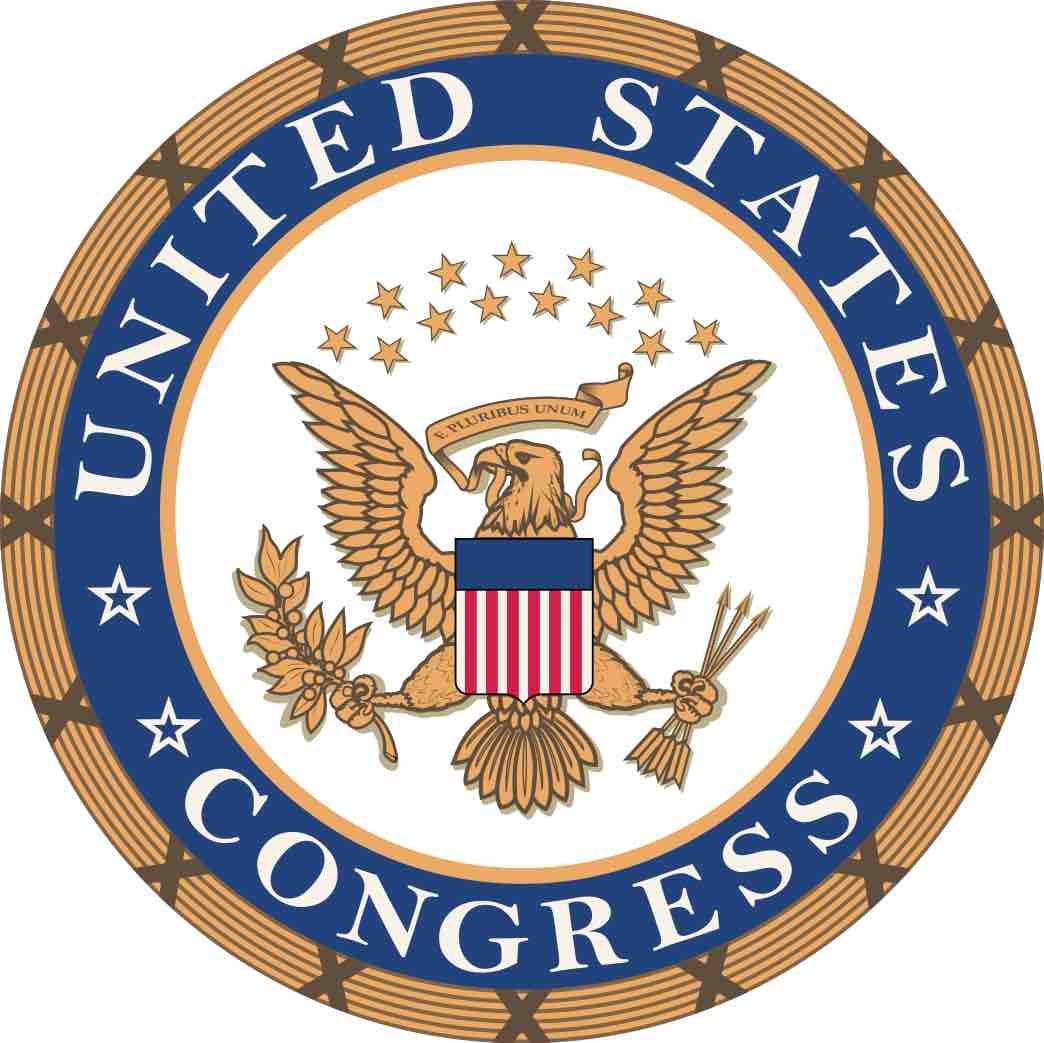
The legislative branch can significantly affect the power of the governing party by employing a series of checks and balances.

Democratic and Republican Parties have historically taken ideologically ambiguous positions in order to attract a wide range of supporters.

Democratic and Republican National Committees help coordinate and promote party policies but do not organize the creation of policies.
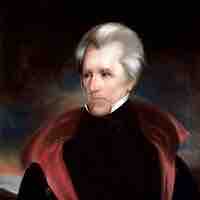
Political parties are political organizations that typically seek to influence government policy by nominating candidates for office.
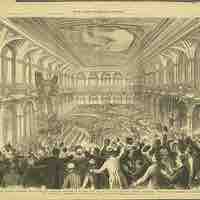
A United States presidential nominating convention is a political convention held every four years in the United States.
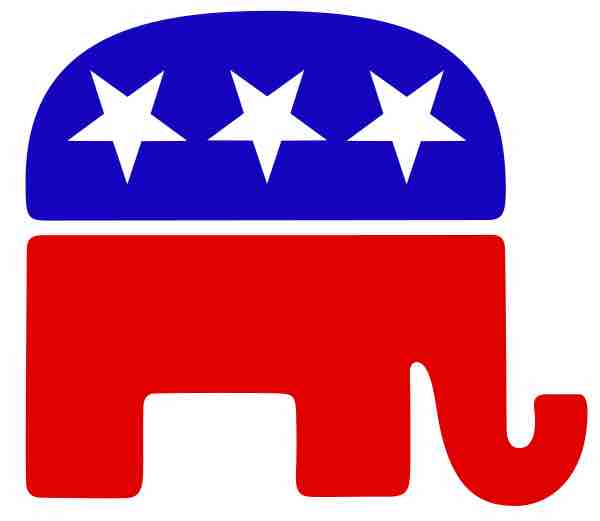
American political parties have no formal organization at the national level and mainly raise funds through national committees.
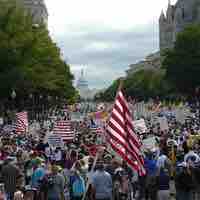
The organization of parties is generally at three different levels: national, state, and local.
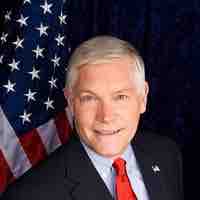
Congressional Campaign Committees exist for both Democrats and Republicans, and work to elect candidates from each party to the House of Representatives.
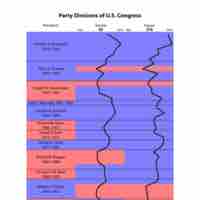
A majority government is a government formed by a governing party that has an absolute majority of seats in the legislature or parliament.
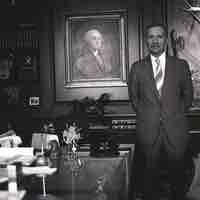
American politics operate as a two-party system, and third party candidates do not play a major role in elections.
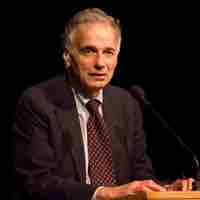
Third party politicians tend to be more ideological than Republicans or Democrats because they do not have to play to the American middle.

Third-party candidates exert influence by focusing the election on particular issues and taking votes away from major candidates.
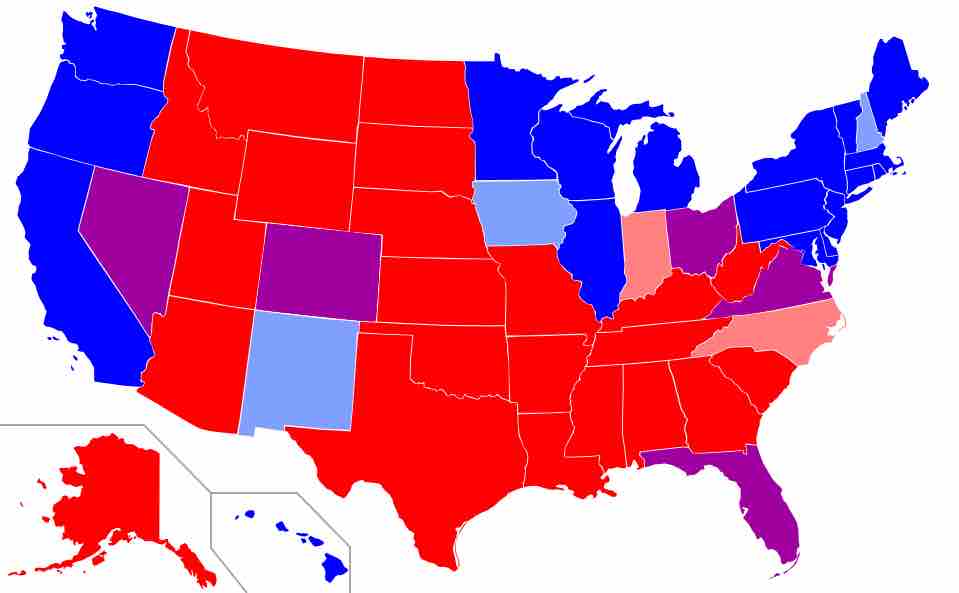
The terms "red state" (Republican-voting) and "blue state" (Democratic-voting) were standardized during the 2000 US presidential election.
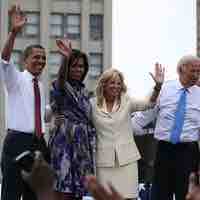
Realignment refers to national elections in which there are sharp changes in issues that produce new structures that lasts for decades.
In politics, an Independent or nonpartisan politician is an individual not affiliated to any political party.